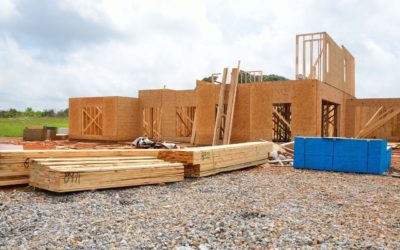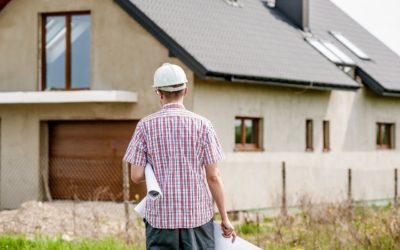While humans have been shuttered away during the COVID-19 pandemic, something amazing has been happening: the planet has begun to heal itself. With people staying at home, fewer fossil fuels are being used, litter isn’t wantonly tossed aside, natural environments aren’t being disturbed, and the world itself has slowed down. Air and water pollution are on the decline, animals are returning to their original environments, stars are more visible at night, and the largest-ever hole in the ozone layer, located above the Arctic, has closed. Things that once seemed impossible, are now occurring. Despite many of the scary realities of this moment in history, the earth is healing and showing us what is possible. While we have been seeing in real-time how humans affect the planet, and how our actions have had a detrimental effect on the earth, we’ve also been given a glimpse into what is possible if we change our behavior.
Awareness of climate change has grown exponentially in recent years. While much of that has been superficial, recent events show us what is truly possible. More people, businesses, and government entities taking ecological responsibility more seriously, and we’re finally able to move beyond greenwashing and make a measurable impact. As a culture, we are starting to understand we’re the stewards of the planet, and it’s our duty to protect and heal our home. The earth is healing itself. Concepts that once were theoretical are now observable.
With the changes we’ve seen during stay-at-home orders, it’s an opportunity for us to take an active part in choosing eco-responsible products, services, and lifestyle changes. The Arctic has been consistently hitting temperatures over 100°F during the month of June 2020, and the effects of climate change are becoming more and more obvious by the day. It is more important than ever that we take steps to not undo the progress that nature has made to heal. Families are re-thinking everything from their mode of transportation (more people are walking, hiking, and biking), to purchasing habits. it’s becoming clear that by engaging in meaningful human activity, we can begin to restore the earth.
Now that we’re watching the planet heal itself, will we take this new knowledge and apply it to the future of architecture? Buildings have a major impact on the environment. From mining and producing materials, burning fossil fuels to deliver materials and run machinery, sound pollution, and the waste generated by projects all contribute to the impact that constructing buildings can have. Beyond the construction process itself, the ways a building interacts with its surroundings and the people who use it all factor into its overall impact. Both locally and globally, architecture affects the water, ground, and air we breathe while being an integral part of our daily lives. Buildings do not exist in a vacuum; they are central to our cultural experiences as people. Eco-minded architecture encompasses a variety of architectural approaches, with some more ecologically beneficial than others.
Resilient architecture focuses on strengthening the natural environment. By taking the ecosystem and possible vulnerabilities into account while building, resilient architecture aims to build for the future with the lowest environmental impact possible. Resilient architecture implements steps such as mindfulness of sourcing materials, using greener fuel sources during construction, generating minimal waste, and utilizing renewable resources to decrease the environmental impact of a building. Additionally, with possible future threats such as floods and high winds in mind, the buildings are constructed to stand the test of time without needing to be rebuilt. Resilient architecture is an architecture for the future.
Being designed to last, resilient architecture also promotes the health, wellness, and comfort of occupants while minimizing the chances of needing a redesign or repair after a natural disaster. These key components help to save money over time, in addition to giving back to the planet. All of these aspects lead to it being one of the greenest, architectural strategies available today. Now is the time to make conscious choices to do things differently as we adapt to the changes our society is facing.
Everyone acknowledges that we are living through a significant moment in our history, so let’s be mindful of the lessons that the earth is teaching us right now and consciously craft a better future for both humans and the earth. At FiELD9: architecture we recognize the harm done to the environment, our communities, our health, and our quality of life by the buildings we occupy. We understand that resilient buildings are the path to a sustainable and equitable future. Contact us today to see how our techniques can help the earth healing itself further.






Recent Comments